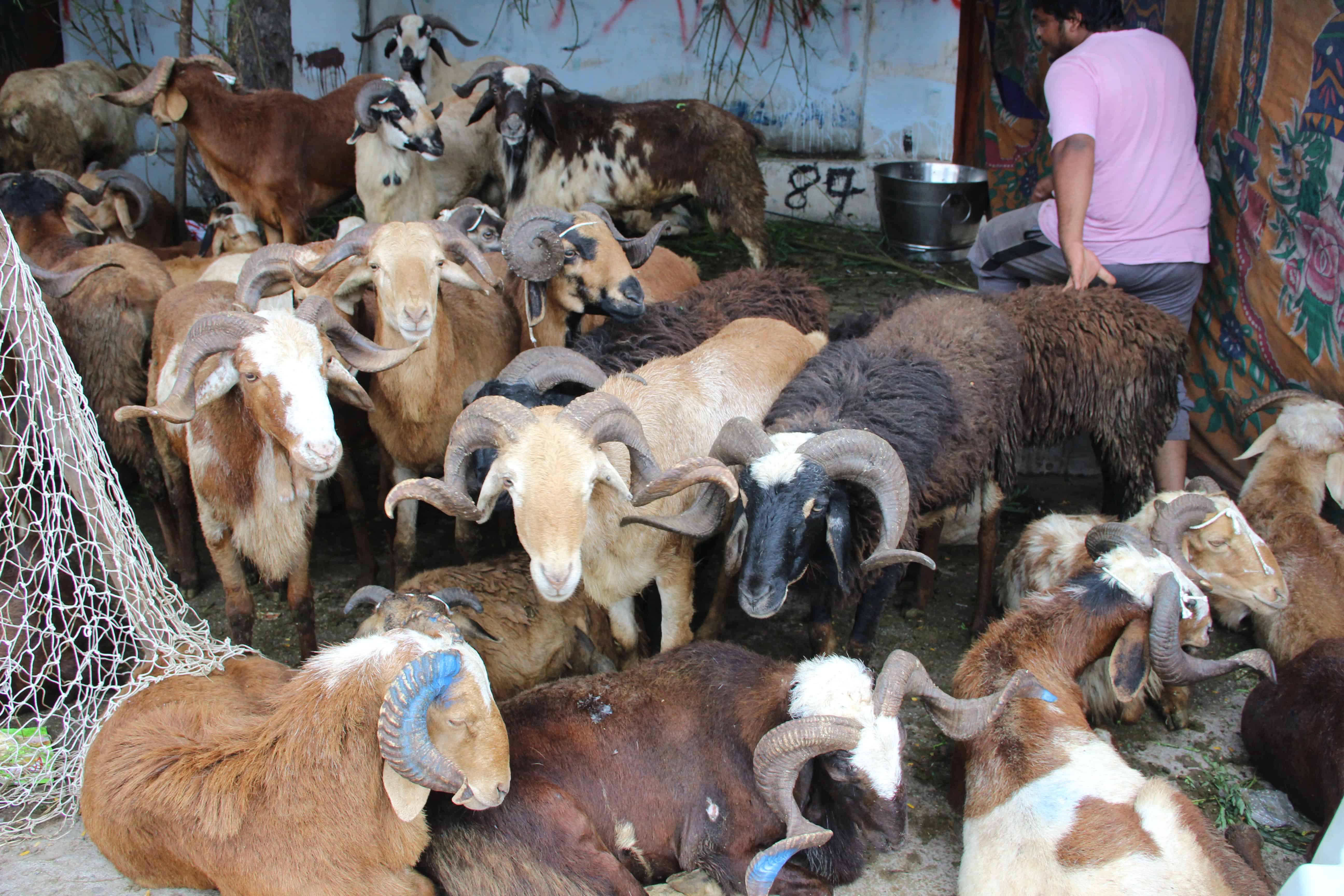Hyderabad: Days ahead of Bakrid, the department of animal husbandry has confirmed that cases of blue-tongue and foot-rot have been reported in sheep in parts of the state.
According to veterinary doctors from the department, areas with a high population of these animals witnessed such cases. While it is not possible to say how many sheep are affected, the sources said between eight to 10 percent of animals could be affected.
“We have been witnessing these cases — a combination of blue-tongue and foot-rot — since August. The former is a virus spread through small mosquitoes and the latter is a bacterial disease. Those affected with blue-tonge have lesions on the tongue and have a fever. Foot-rot leaves the sheep with pain in their trotters and legs which makes them walk unsteadily. Both diseases make the sheep sick and weak,” a veterinary doctor from the department who did not wish to be identified said.
Others such as additional director Dr Laxma Reddy pointed out: “Cases were seen in districts such as Ranga Reddy, Medak, Warrangal and Karimnagar.”
Officials said that the disease had disappeared last year only to reappear last month. The department, they said, has been organising camps to spread awareness.
Senior veterinary doctors clarified that blue-tonge and foot-rot are different from foot-in-mouth disease and should not be confused. “No case of foot-in-mouth disease has been reported since 2013,” a source said.
When contacted department director Dr D Venkateswarulu said, “The disease in not zoonotic, meaning that it cannot be transmitted from animal to man. There are seven or eight types of sub-viruses. The sheep can be treated by giving them antibiotics and vitamin B complex. But usually shepherds usually don’t nurse the animals who are suffering from blue-tongue. When they cannot eat, they die. The mortality rate is around two or three percent.”
Courtesy: TOI

